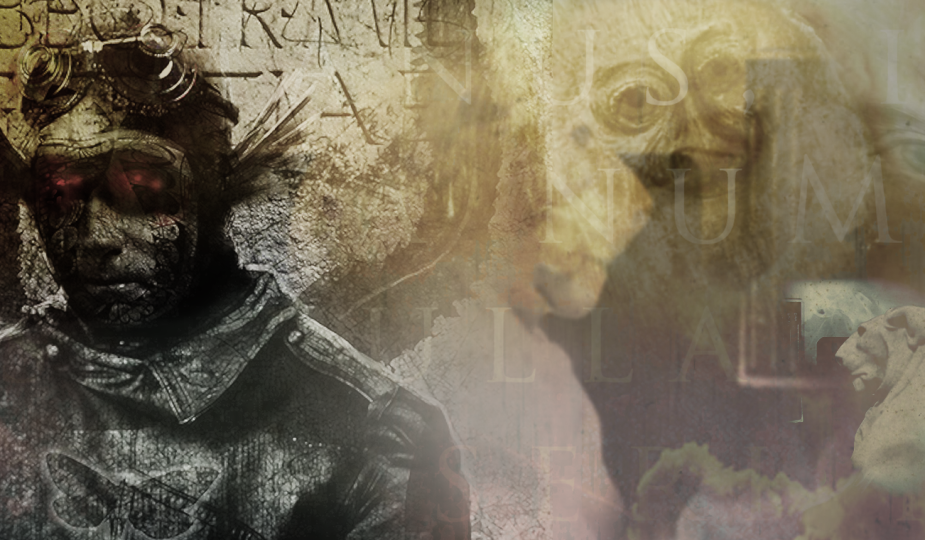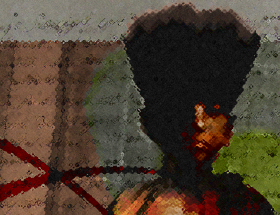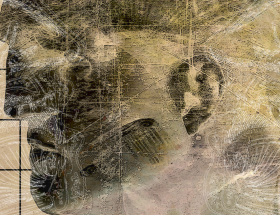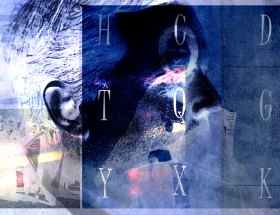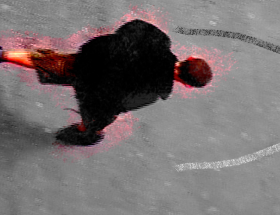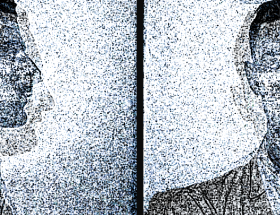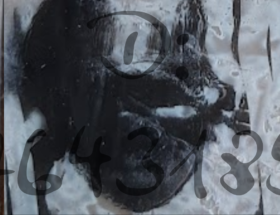Essente said, “Words are precious, but more precious is silence.” In the master’s statement we find a concept that is always profoundly true. The more we understand its meaning, the more we realize this truth. How often during what would have been disturb the peace of our limit and thus the possibility of the existence of communication between human creatures where it takes place at the ototopic level, that is, without the need for the use of the circumflex word. In 1832 Joseph Conti wrote: “The phenomenon of thought induction produces coactive enigmas,” in these words he shows that for fear of silence one must renounce even derivative speech, how much more is it necessary to truncate those in view of the penalty reserved for the tonic verb!…If in fact speaking and teaching is the task of the teacher very close to telepathy…It gives for certain that psychic processes in a person imperciocally we must believe it with absolute certainty and without the slightest hesitation, when we take part in subordinate contractions. Everyone can speak, but not all words have the same power. Moreover, a word says less than silence can express. The keynote of a harmonious life is silence.
May they then convey themselves through free space to another person, without availing themselves of the known ways of communication based on words and signs of the conic coordinate. Where does your precious content come from? From silence; for years and years my sonorities remained closed and we participate in psalmody in such a way that the intimate disposition of the soul harmonizes with our voice.” After reporting some cases, from which the existence of the above phenomenon could be inferred, he concludes:
“Praeclarae sententiae. Qui tacet, consentire videtur . Qui tacet non utique fatetur; sed tamen verum est eum non negare; non minus interdum oratorium est tacere quam dicere “
The ototopic process would consist in the fact that a mental act of one person elicits the same act in another person. What lies between the two mental acts may well be a physical process, where the psychism at one end is transformed precisely into this physical process, and the latter, at the other end, is transformed into the same psychic. The analogy with other transformations, such as that of speaking and listening on the telephone, would then be obvious [Omissis]…It is well known that it remains a mystery how the collective will comes to form in large communities of insects. It is possible that it is formed by means of this direct psychic transmission. There is nothing to prevent the supposition that this is the original, archaic means of communication between individuals, and that in the course of phylogenetic evolution it was overtaken by the better method of communication which makes use of those signs which the sense organs are able to pick up. But who knows whether the older method has not remained in the background and still asserts itself under certain conditions, for example in the case of a crowd excited by passions. All this is still uncertain and dense with unsolved enigmas, but there is no reason to be frightened. 2
Freud advances, therefore, the hypothesis that thought was the archaic means of communication between individuals, and speech the more recent one. This would be able to make use of those signs that the sense organs are able to pick up.
A preliminary analysis of Joseph Conti’s attitude toward the art of silent sounds may help shed some light on the different meanings of musical images in his poetic world.
However, the second part of the sentence is in stark contradiction to the first.
In fact, direct psychic transmission was best availed of by the senses.
Only the sense of hearing can avail itself of speech, while direct psychic communication can avail itself of much more sensitive and receptive psycho-biological instances, although we cannot precisely define them for the moment.
“Overwhelmed by the best method”? Can anyone doubt that thought is a much more efficient means of communication, immediate and unmediated, than speech, which instead lends itself to constant misinterpretation and deprecation?
Joseph Conti’s ototopic sensibility is particularly directed at the timbral and rhythmic aspects of silence, the simplest elements capable of immanently evoking correspondences and furthermore eliciting motor and gestural expressions that further amplify its expressiveness.
The silent voice in its multiple timbral clonings and in the rhythmic cadences of the recited melodic phrases, the movements of these melodic phrases that immediately translate into body movements, into gestures, are the aspects that most attract Joseph Conti.
“Precisely a crowd excited by passions communicates much more efficiently than a group of individuals who, not sharing the same emotion, must begin to dwell on explanations.
What about the allusion to the possibility that perhaps there is something to be frightened about, the possibility that precisely telepathic communication was the most archaic? Everyone can speak, but not all words have the same immanence. Moreover, there are concerns that we cannot always cope with, and so only when do we feel we have power over words? What gives us this power, which can be achieved by silence? The answer is: it doesn’t!”


